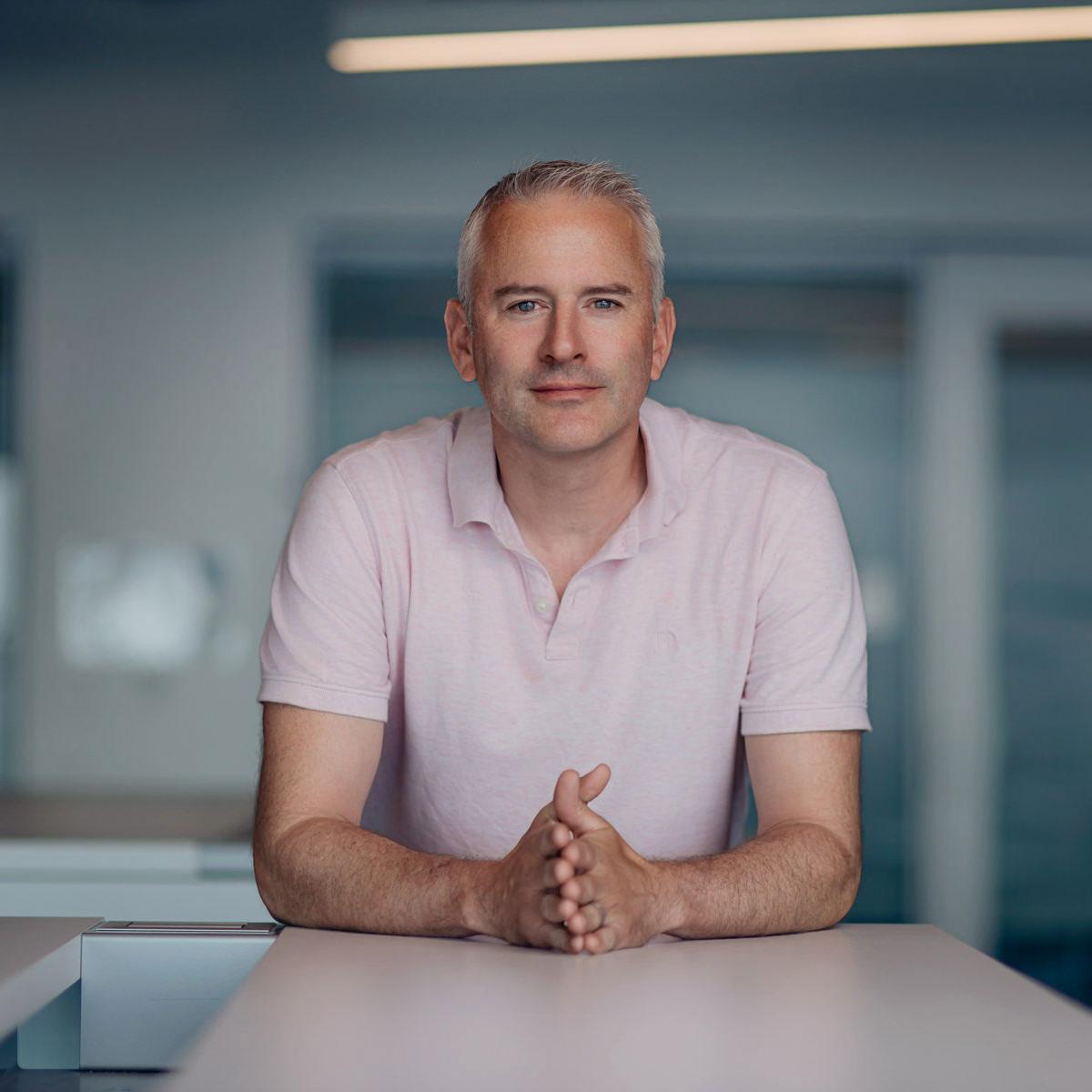Regulation of chemosensory decision-making by bacteria
The O'Donnell Lab is interested in natural environmental factors that constrain or enable plasticity in nervous system function. Animal nervous systems evolved in environments surrounded by microbes, yet the impact of bacteria on the nervous system is understudied. His lab models symbiotic, commensal, and pathogenic host-microbe interactions to understand host physiology and behavior, identify novel chemical targets, and study ecological niche organization. To accomplish these goals, the lab leverages an animal host, the roundworm C. elegans, in combination with its natural associated bacteria to gain mechanistic insights into inter-organismal signals driving host-microbe interactions and decision-making. C. elegans is a bacterial-feeding nematode often found in rotting plant material and commonly colonized by microbes. Pathogens are known to alter C. elegans behaviors, partly via conserved immune signaling pathways, but commensal microbe signaling to the nervous system is underexplored. C. elegans has some of the most extensive molecular, neurobiological, and genetic tools of any multicellular eukaryote, and, coupled with the ease of gnotobiotic culture in these worms, represents a highly attractive system in which to study the microbial influence on host behavior.
Biography
Mike O'Donnell received his Bachelor's degree in Biomedical Engineering from Drexel University, followed by a PhD in Cell and Molecular Biology from the University of Pennsylvania in 2013, and was a postdoctoral fellow at Brandeis University before starting his lab in the MCDB department at Yale in January 2021. O'Donnell has loved science since childhood and is over the moon about being able to do this work every day. In his free time, he enjoys time with his partner Daneé, their two boys, Jake and Conor, as well as their dog Percy.

